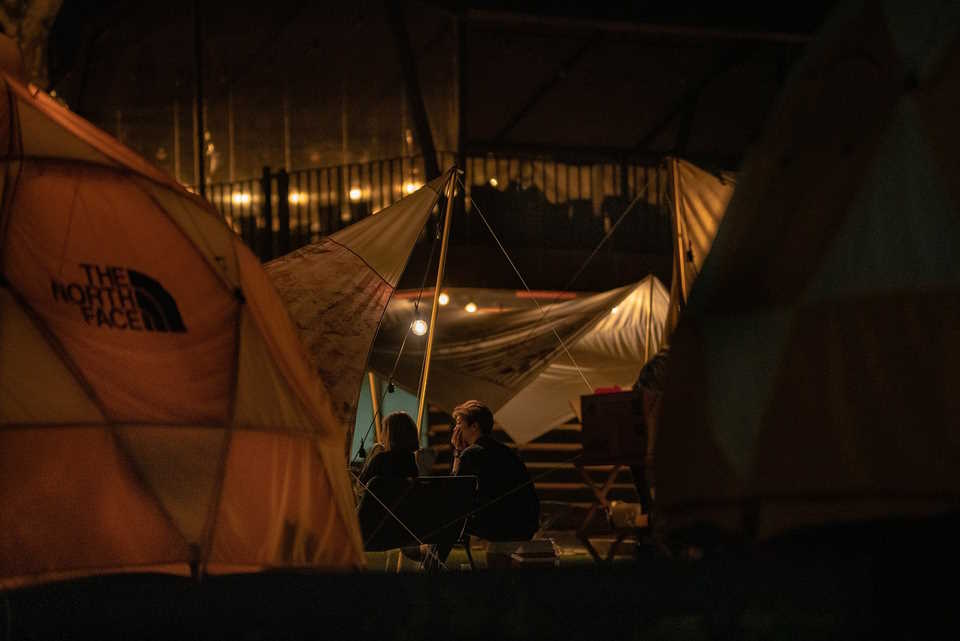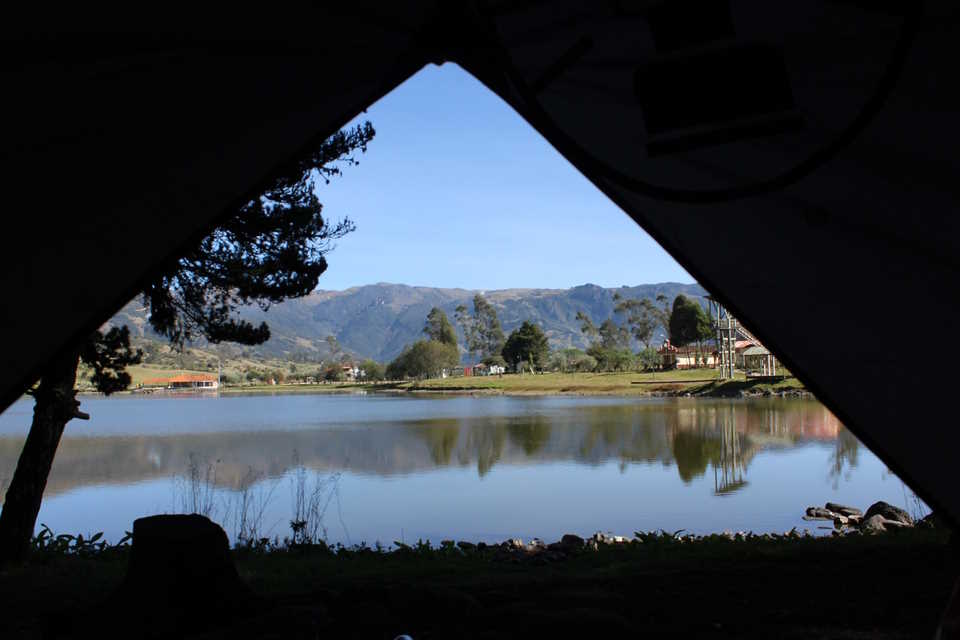Are you worried about the possibility of bringing bed bugs into your home from outdoor environments? While bed bugs are often associated with indoor spaces, it’s important to understand that they can also be found outside. In this blog post, we will explore the potential sources of outdoor bed bug infestations and discuss effective prevention measures to help you minimize the risks. We’ll start by identifying common bed bug habitats and examining their behavior outside. Then, we’ll delve into the various outdoor environments where bed bugs may thrive and discuss how you can minimize the likelihood of bringing these pests into your home. By the end of this post, you’ll have a better understanding of outdoor bed bug infestations and be equipped with the knowledge to protect your living spaces. Let’s get started!Learn how to identify bed bug habitats, explore outdoor environments, and effectively prevent outdoor infestations with our expert tips. Minimize the risks now!
Identifying bed bug habitats

Bed bugs are pesky little creatures that can wreak havoc in your home. Identifying their habitats is crucial in preventing an infestation. One common place you can find bed bugs is in the bedroom. They like to hide in cracks and crevices near the bed, such as in the mattress seams, box springs, and bed frames.
Another area to watch out for is the living room. Here, bed bugs can be found hiding in furniture, like couches and chairs. They also tend to hide behind wallpaper, electrical outlets, and in the folds of curtains. It’s important to thoroughly inspect these areas for any signs of bed bug activity.
Other common bed bug habitats include hotels and public transportation. When traveling, be cautious and inspect the hotel room for any signs of bed bugs. Additionally, be mindful of your belongings when using public transportation, as bed bugs can easily hitch a ride on your clothing or luggage.
Overall, identifying bed bug habitats is essential in taking proactive measures to prevent an infestation. By knowing where they hide, you can minimize the risk of bringing these pesky pests into your home.
Exploring outdoor environments

When it comes to bed bug infestations, many people assume they only occur inside buildings. However, bed bugs can actually come from outdoors as well. They are able to thrive in various outdoor environments such as parks, campgrounds, and even on public transportation.
In fact, bed bugs are very adaptable and can survive in a wide range of temperatures and climates. This means that they can easily migrate from outdoor locations into homes and other buildings, causing infestations to occur.
Therefore, it is important to be aware of the potential of bed bugs coming from outdoors, and take appropriate preventative measures to minimize the risk of infestations.
By understanding the potential bed bug habitats and behavior outside, individuals can take the necessary steps to protect themselves and their homes from these pesky pests.
Understanding bed bug behavior outside

Bed bugs are small, reddish-brown insects that feed on human blood. Although they are commonly associated with infestations in homes and hotels, bed bugs can also be found outdoors. Understanding their behavior outside can help in preventing infestations and managing their presence effectively.
When not feeding, bed bugs tend to hide in dark and secluded areas. This behavior also applies to outdoor environments, where they can be found in areas such as woodpiles, bird nests, and outdoor furniture. They are attracted to the presence of humans and animals, making public parks, campgrounds, and outdoor seating areas susceptible to infestations.
It is important to be cautious when spending time outdoors, as bed bugs can easily hitch a ride on clothing, bags, or camping gear. Being mindful of potential bed bug habitats and taking preventive measures can reduce the risk of bringing them into your home.
Understanding the behavior of bed bugs outside is essential for implementing effective prevention strategies. By being aware of their habits and favored outdoor locations, individuals can minimize the chances of encountering these pests and avoid potential infestations.
Minimizing risks of outdoor infestations

Outdoor environments can pose a potential risk for bed bug infestations, as these pests are known to thrive in various outdoor habitats. It’s essential to be aware of their behavior outside and take effective prevention measures to minimize the risks of outdoor infestations.
One of the key strategies for minimizing outdoor infestations is to identify bed bug habitats and understand their behavior outside. Bed bugs can be found in outdoor areas such as parks, campgrounds, and even public transportation. By recognizing these potential habitats and being mindful of their presence, individuals can take proactive steps to avoid bringing bed bugs into their homes.
Exploring outdoor environments can also provide valuable insights into where bed bugs might be hiding. Understanding their preferences for outdoor hiding spots, such as cracks in pavement, outdoor furniture, and even tree bark, can help individuals minimize the risks of outdoor infestations.
Effective prevention measures, such as inspecting outdoor gear and luggage, can also play a crucial role in minimizing the risks of outdoor infestations. By thoroughly inspecting items that have been exposed to outdoor environments, individuals can prevent bed bugs from hitchhiking their way into their homes.
Effective prevention measures

When it comes to preventing bed bug infestations outdoors, it’s important to be diligent and proactive. One of the most effective prevention measures is regular inspection of outdoor environments where bed bugs may thrive. This includes thoroughly checking outdoor furniture, camping gear, and any other items that could potentially harbor bed bugs.
Another important prevention measure is proper disposal of infested items. If you suspect that a particular item may be infested with bed bugs, it’s crucial to dispose of it in a responsible manner to prevent the spread of the infestation. This may involve sealing the item in plastic and disposing of it in a designated area.
Education and awareness are also key factors in preventing outdoor bed bug infestations. By educating yourself and others about the signs of bed bug infestations and the potential outdoor habitats of these pests, you can take proactive measures to avoid bringing bed bugs into your home.
Lastly, proper storage and cleaning of outdoor items can also help prevent bed bug infestations. Storing outdoor gear in sealed containers and regularly cleaning items that may have come in contact with bed bug habitats can help minimize the risk of infestations.




